Snapshot Update – Alan’s Model Engineering In Thailand Projects
New Big Lathe And Milling Machine Installed In The Workshop
Below is a photo of the KINWA CH 430 1100 Lathe and the ARGO Vertical Turret Milling Machine 3VH installed in my model engineering workshop in our retirement house here in Pakchong (Pak Chong), Thailand.
The walls of the workshop are now complete awaiting painting. To the right that big opening is a roller-shutter door doing what it was intended to – to let the light in.
The workshop looks a bit cluttered and it is as the single and three phase power distribution is being installed. That coil of black cable is the three phase power cable for the lathe and mill. Here are a couple of exteriors photos showing the walls:-
Above, the opening at the end is a roller-shutter door to allow access for machine tools, benches and eventually a half-size model steam traction engine to pass through!
The photo above is at the other end of the workshop and is simply a window to match the other two on this elevation. You can only see the window frame – the shutters and security bars yet to be fitted.
The Stuart Turner Victoria Steam Engine Model
I had been struggling to make some silly little parts – the guidebar supports and spacers, on my other lathe – a combined lathe and milling machine actually.. They are only 1/4″ dia and 1/4″ and 3/8″ long respectively but they all have to be exactly the same length.
I’m on trial 3 now and have used up all the Stuart Turner supplied 1/4″ round BMS stock and most of a 12″ piece I happened to have.
Eventually I found out how to do it and they are all exactly the same length withing half a thou:-
Here are the finished spacers (two types):-
Buying Steel Bar
I mentioned above that I was fast running out of 1/4″ bright steel bar. I needed some angle steel to fill in some gaps around one of the roller-shutter doors so off I went to get some from the local steel merchant Ying Jaleaum. Whilst buying the angle iron I bought a selection of round steel rod. I didn’t really know what I was buying I just pointed to each of the smaller size rods and asked for 2 m of it.
Here are some photos of my haul back home:-
The next photo is a close-up of the round steel bar. it is all bright mild steel (BMS) as we call it and on the receipt it is called “plao kaao” in Thai which translates to ‘axle shaft white’. So now you know what to ask for.
Above the round bright steel I bought in Pakchong (Pak Chong), Thailand.
The sizes are interesting. I was wondering whether they would be metric or imperial. top-to-bottom, the sizes as declared on the receipt and as I measured them are:-
| Receipt Size | Measured Size |
| 1/2″ | 1/2″ exactly |
| 3/8″ | 3/8″ exactly |
| 11 mm | 10.97 mm |
| 5/16″ | 0.314″ = oversize by 0.0015″ |
| 1/4″ | 1/4″ exactly |
The 11 mm bar although it looks like black bar is in fact bright steel.
What else is interesting is how many of the bars were exactly to the imperial diameter. In the UK BMS is traditionally undersize so that a BMS rod will never be a close fit in a reamed hole.
The next photo is a close up of the steel angle. I have included this because the steel is so precise and clean with sharp corners and the marking is very clear. Not at all the rough angle iron I am used to back in the UK.
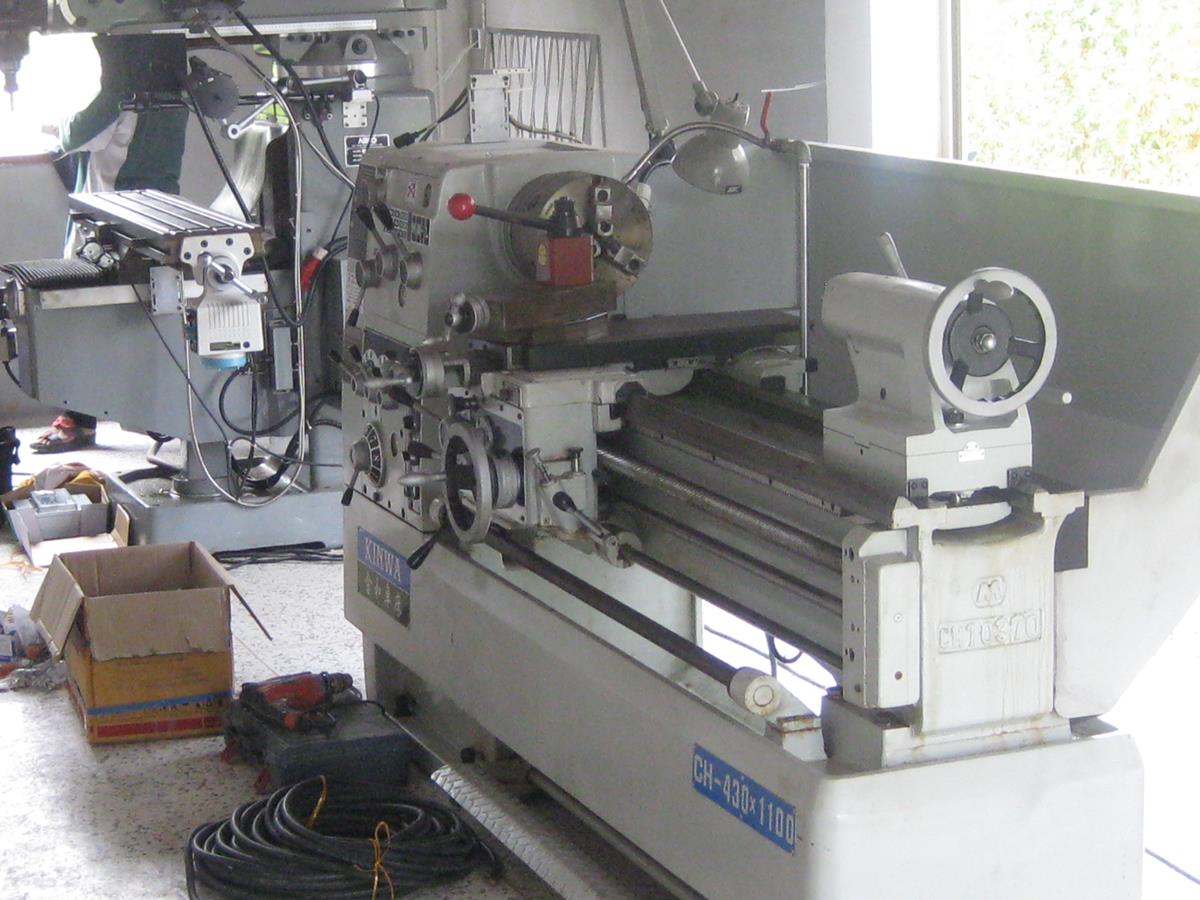
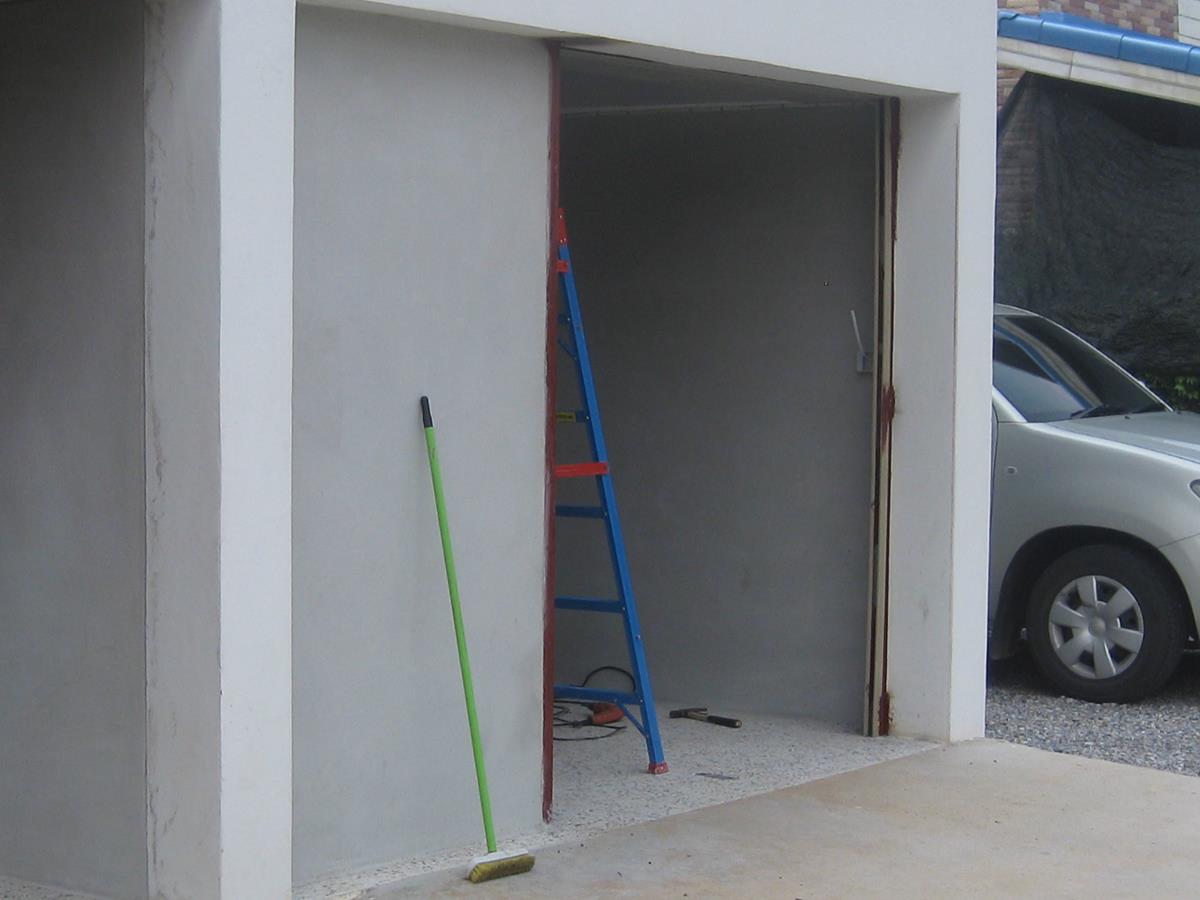
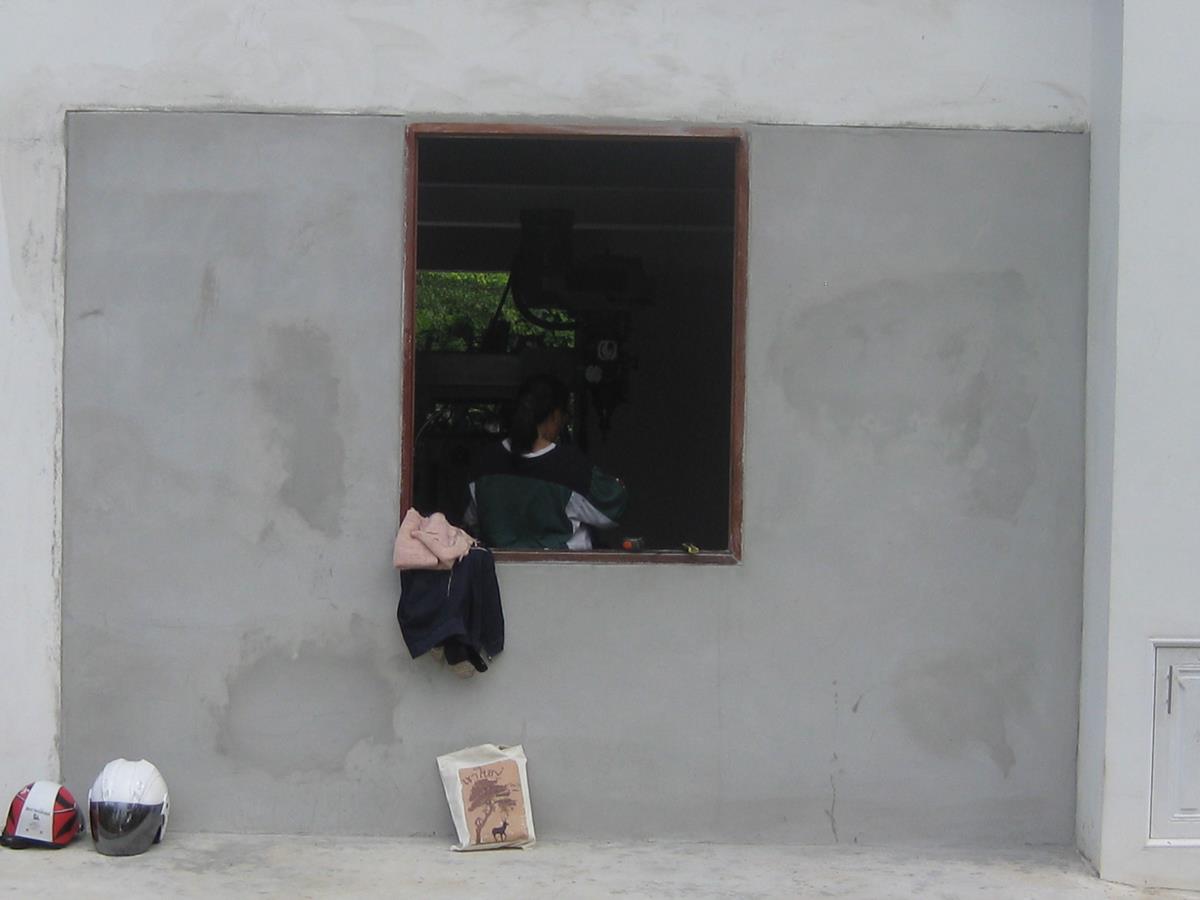
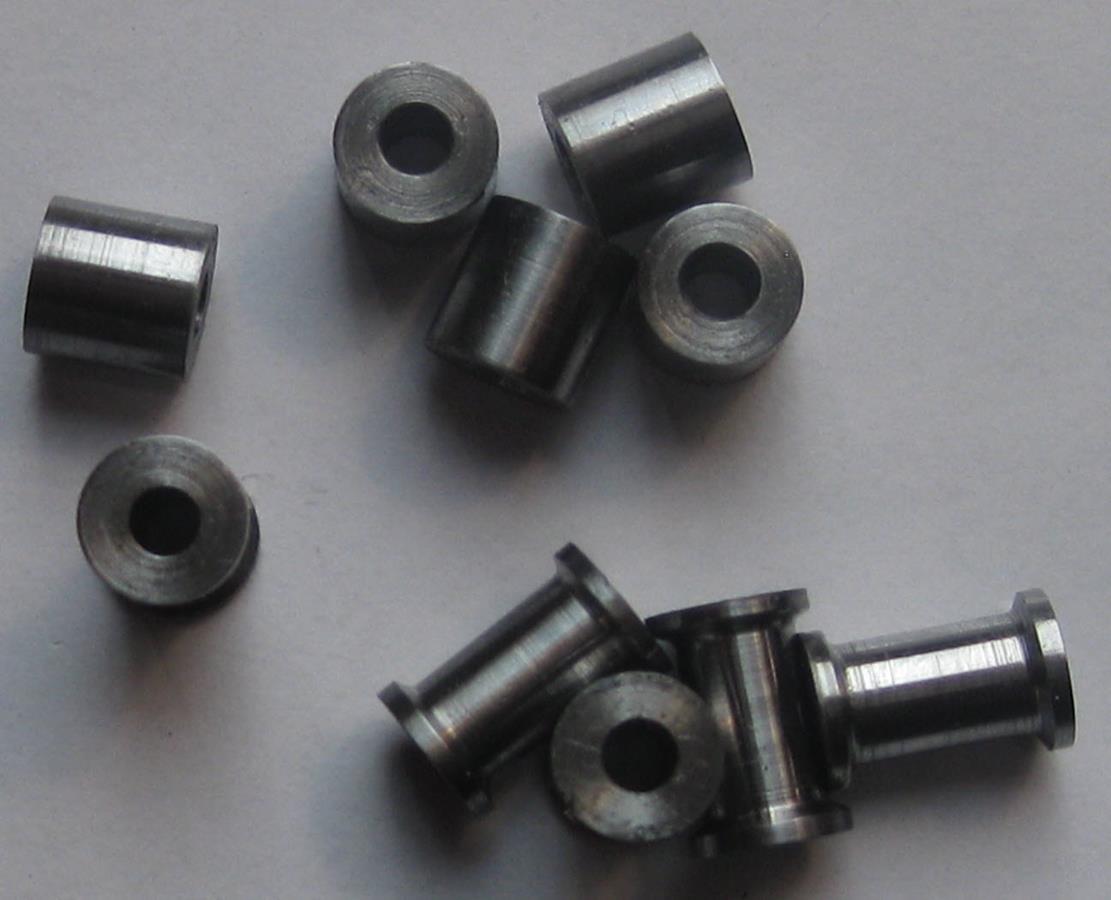
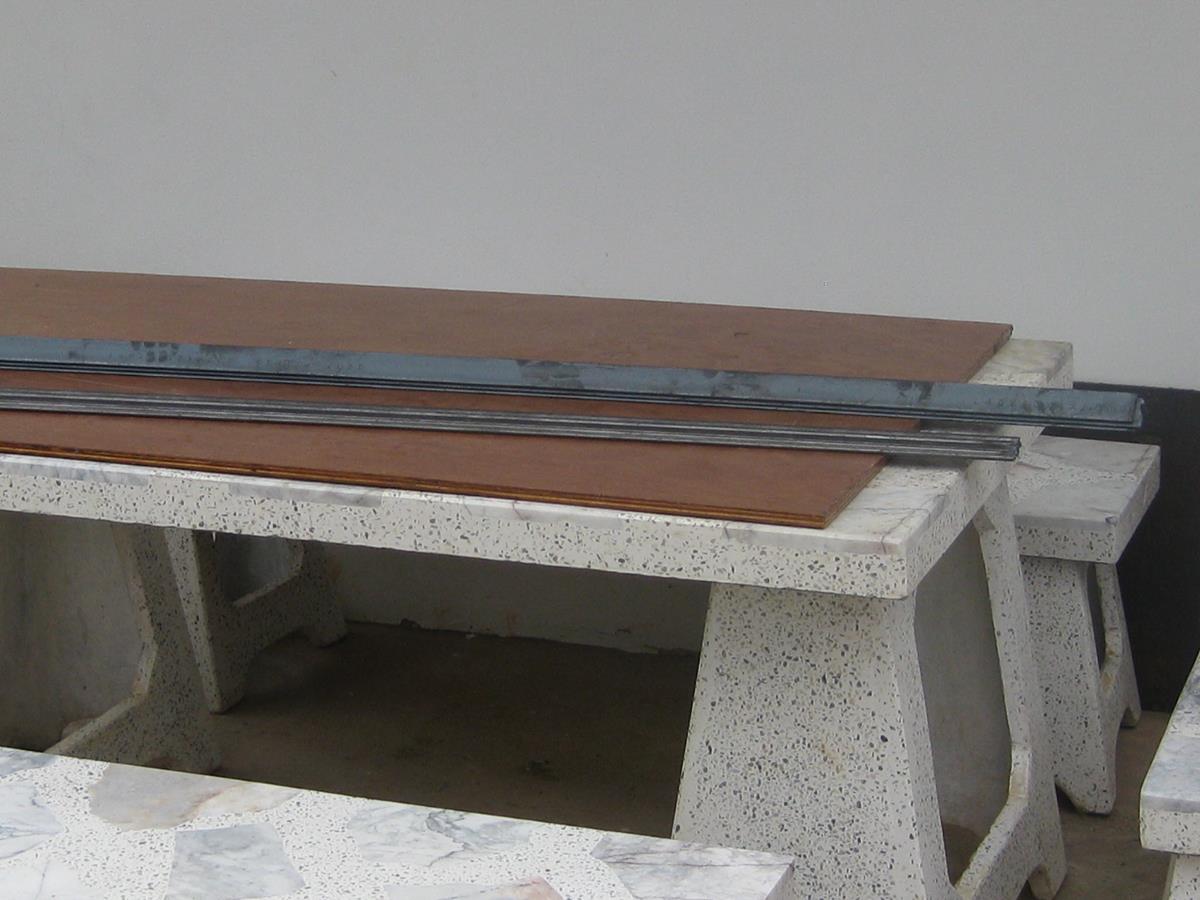
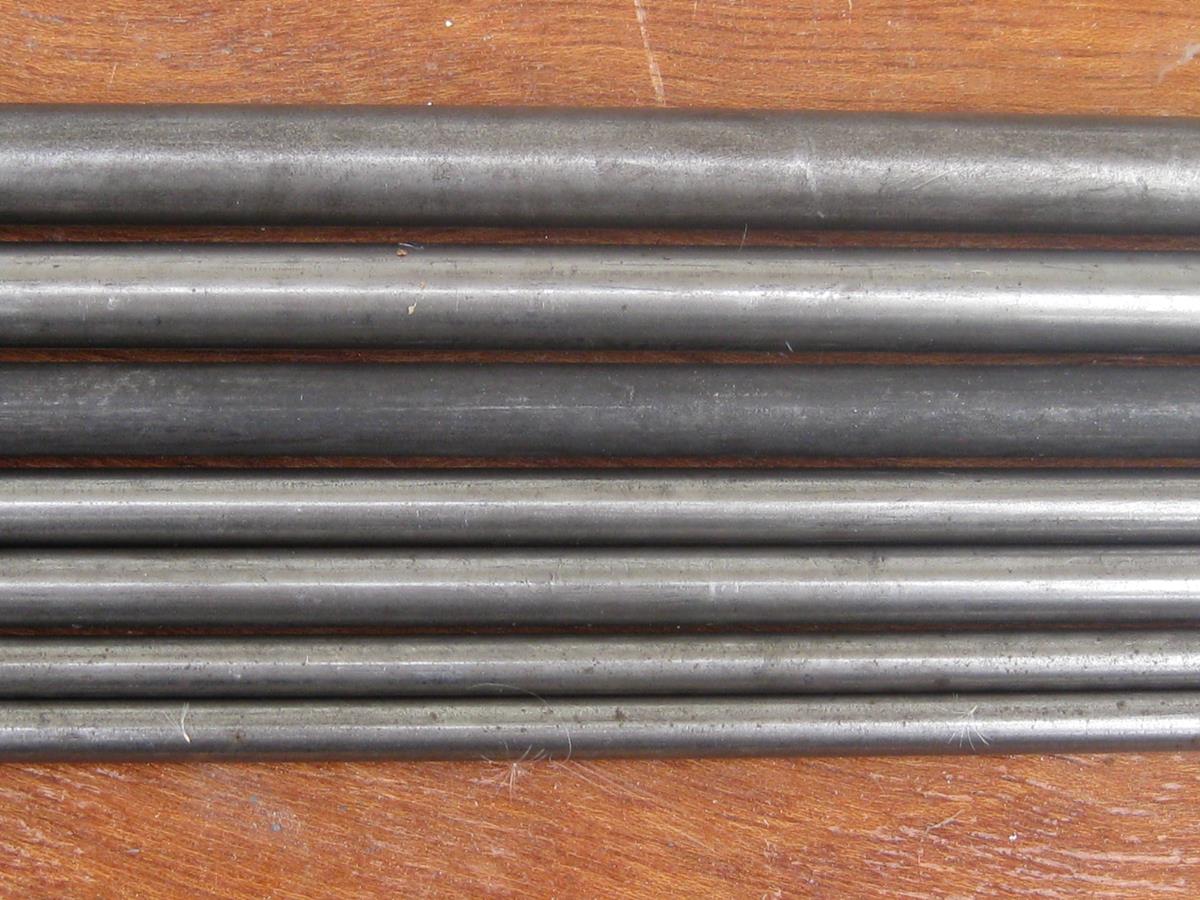

George,
Not sure if you managed to find a lathe, there are as you probably know many places selling new and used equipment in Thailand, but it is always difficult to find them.
There is a large shop for the want of a better word selling a huge range of used equipment both large and small in Chonburi, much of the equipment in imported from Japan.
As for steel, if I require anything special I contact a supplier who has a supply base on the highway towards Chonburi from Pattaya. They are always happy to supply the lengths and quantities I need.
If you are interested, I will provide the contact details, I should be in Thailand in a week or so.
Hi Phillip,
It’s Alan here from ModelEngineeringInThailand.com and I just saw your comment addressed to George.
I’m not sure what George that is but I for one would be extremely intersted to hvae the addresses of the second-hand equipment and steel suppliers in Chonburi.
Many of the visitors to the website would also be interested, I’m sure.
If you could kindly let me have that info I’ll make sure it gets posted on the website under the resources section.
Best Regards
Alan Brown
Sweet
We are looking for exactly that type of lathe at the moment and in the process of doing the house and workshop. Maybe it is cooler up there than down here in Rayong but air conditioning, or at least, dehumidification is a must for any workshop.
Looking good….Happy chip making
Hi Glen and many thanks for your valued comments.
Pakchong, being in the hills, is cooler than Bangkok and the central plains of Thailand. At this time of year it’s around 30 deg C.
But as you infer the problem is the high humidity.
We don’t have any air conditioning nor dehumidification with the result that steel parts go rusty very quickly.
As to buying a big lathe in Thailand I have prepared a report based on my own research and I intend to post it on the website ‘when I get time’.
Best Regards
Alan Brown
Hi Alan
As you say the work shop looks very bright and airy.
Your thoughts on dies having a lead in are right but my old Dad told me that if you cut the thread first then revers the die you can cut up to a shoulder. I do it all the time and it works well.
Regards George
Hi Alan
It all looks very impressive. I like the idea of the roller door.
The civil work looks well done. By the time it is fitted out with all the other bit and pieces I imagine it will be a joy to work in.
Glad to hear you solved the problem of the spacers.
The BMS that is available sounds good. As you say in UK. The bar is always under size. You ream out a hole for half inch only to find the half inch BMS that has been supplied is a lose fit.
I will have a look round in Pattaya for some if not it will be on the shopping list for a visit to Pak Chong to see your new workshop.
Regards george
Thanks George,
The new lights are now powered up in the workshop and it’s nice and bright. With the RSDs open it’s very bright – unlike the other workshop which is best described as gloomy.
Why do drills and reamers always cut oversize?
And why do thread-cutting dies have a tapered lead on the front so that you can’t cut up to a shoulder?
The mysteries of model engineering!
Best Regards
Alan Brown